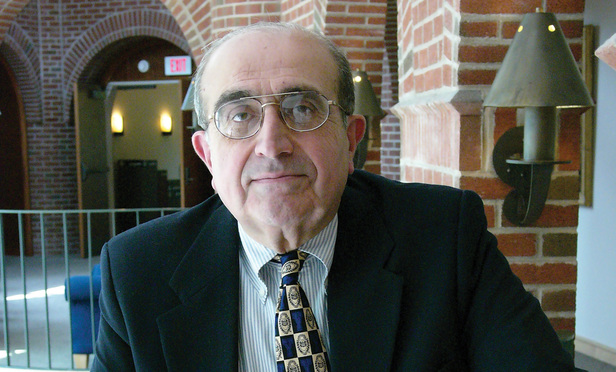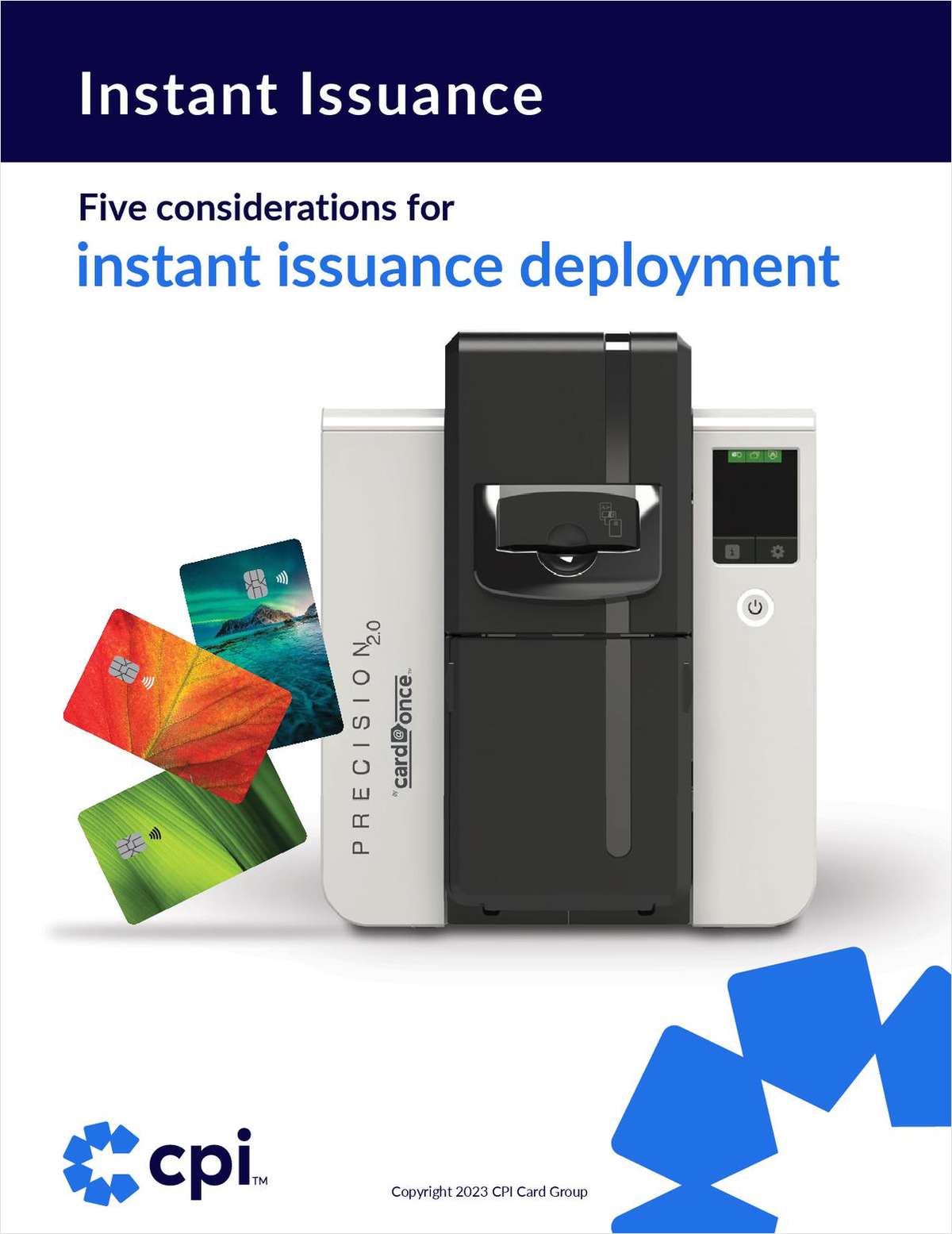Good Things Do Come to Those (Arbitrators) Who Wait
Good news came May 9 for supporters of alternative dispute resolution, when, following passage in the Connecticut House of Representatives on April 26, the Senate passed the Revised Uniform Arbitration Act.
May 16, 2018 at 01:42 PM
5 minute read

Good news came May 9 for supporters of alternative dispute resolution, when, following passage in the Connecticut House of Representatives on April 26, the Senate passed the Revised Uniform Arbitration Act (or RUAA, Revised House Bill 5258).
My office windows were open that evening, and being only a few miles from the Connecticut Bar Association headquarters at 30 Bank St. in New Britain, I may be mistaken but I thought I could make out some “Hallelujahs” emanating from that direction.
The original Uniform Arbitration Act was promulgated in 1955 and served us well. It was often referred to as a “bare bones act,” the main purpose of which was to ensure the enforceability of arbitration agreements and to delineate basic grounds for enforcing, vacating or modifying awards.
The act was silent, however, on a number of matters which frequently arose in arbitration proceedings. Since these issues were not addressed by the legislation, they were left to the courts or agreement of the parties, often resulting in cost and delay, or by the definition of administering agencies. In addition to the cost and delay involved in addressing them on an ad hoc basis, judicially or otherwise, the results were not always uniform and were at times conflicting.
The ensuing cost and delay led some to claim arbitration had lost some of its luster and was not as efficient, streamlined and cost-effective as promised.
In 2000, the then-National Conference of Commissioners on Uniform State laws (NCCUSL), now Uniform Law Commission (ULC), completed its draft of the RUAA. Just some of the issues requiring attention were provisional remedies, dispositive motions, required disclosures and consolidation. The powers of the arbitrator in determining arbitrability was yet another.
The RUAA had some deep roots in Connecticut: Attorney Francis J. Pavetti of Waterford served as chairman of the drafting committee, as did attorney Barry C. Hawkins of Stamford, who played a major role in navigating the bill through the legislature. Moreover, as I indicated in the testimony which I submitted to the judiciary committee this year, the roots go back to 1753, when Connecticut was reportedly the first of the 13 Colonies to adopt an Arbitration Act and had urged greater arbitration use even before that (in 1645). Deep roots, indeed.
I have often written about the potential benefits of adopting the RUAA but unfortunately the uniform act was not uniformly embraced. In 2009, I wrote a piece in the American Bar Association's Dispute Resolution Magazine titled “Whatever Happened to the Revised Uniform Arbitration Act: A Funny Thing Happened on the Way to the Courthouse.” Some of the concerns raised by those who did not support the revision were based on genuine misunderstandings of what the act stated and what it provided. Some provisions required some tweaking. But the act itself was rock-solid.
As the bill made its way through the Connecticut legislature, unsuccessfully for a number of years, its sponsors listened carefully to concerns expressed in a number of quarters. This year, particularly under Hawkins' leadership and in close concert and coordination with many individuals, organizations and legislative staff, a number of modifications were made to the originally proposed bill. While the main substantive provisions of the RUAA were retained, the modified bill addressed concerns and questions raised over the years such as those posed, for, example, by representatives of labor and practitioners in family law. Thus the Connecticut version is somewhat different from the original RUAA in order to meet previous issues raised and to tailor the language to what Hawkins referred to as “unique requirements of Connecticut.” The previous arbitration act was retained for utilization where certain existing statues specifically referred to it. However, with very minor exception the “uniform” provisions of the RUAA have been adopted.
The process was an excellent example of collaborative consensus-building at its best and how the legislative process should work. A great deal of effort, skill and legal acumen went into crafting the modifications and creating a final product that clearly spells out exactly how it shall be applied.
While several people supported the bill or testified in its support (testimony was submitted this year by only three people: Hawkins on behalf of the CBA's ADR section as well as the ULC; myself; and Houston Putnam Lowry), particular credit goes to several individuals and organizations who joined in Hawkins' 2018 crusade to craft the final product and get the RUAA passed. The CBA and Bill Chapman, its legislative liaison, provided great support, as did the knowledgeable staff of the Uniform Law Commission. Hawkins thanked Judiciary Committee co-chair William Tong and Steve Stafstrom for their active involvement. Having served as legislative commissioner, I am pleased to note that the Legislative Commissioner's Office, particularly Bill O'Shea, provided outstanding service first in identifying several critical transition issues and then working with the bill sponsors in formulating practical solutions. The Office of Legislative Research also provided a very helpful section-by-section analysis of the changes enacted by the new bill. Others too numerous to name contributed to the effort.
Although it took 18 years following the promulgation of the original RUAA—and six previous unsuccessful attempts in Connecticut—the product that emerged is a good one that will enhance efficient use of arbitration in a number of contexts. Pavetti and Hawkins can take great pride in having seen the bill through to adoption and are to be congratulated.
The bill now awaits the governor's signature.
Good things indeed come to those who wait—and to those who don't give up the good fight.
Harry N. Mazadoorian is a commercial arbitrator-mediator and member of the American Arbitration Association's Master Mediator Panel. He is the distinguished senior fellow at the Center for Dispute Resolution at Quinnipiac University School of Law.
This content has been archived. It is available through our partners, LexisNexis® and Bloomberg Law.
To view this content, please continue to their sites.
Not a Lexis Subscriber?
Subscribe Now
Not a Bloomberg Law Subscriber?
Subscribe Now
NOT FOR REPRINT
© 2025 ALM Global, LLC, All Rights Reserved. Request academic re-use from www.copyright.com. All other uses, submit a request to [email protected]. For more information visit Asset & Logo Licensing.
You Might Like
View All


George Carlin-AI 'Deepfake' Lawsuit Could Set New Standards for Celebrities' Rights of Publicity, Industry Veteran Says
Trending Stories
- 1How ‘Bilateral Tapping’ Can Help with Stress and Anxiety
- 2How Law Firms Can Make Business Services a Performance Champion
- 3'Digital Mindset': Hogan Lovells' New Global Managing Partner for Digitalization
- 4Silk Road Founder Ross Ulbricht Has New York Sentence Pardoned by Trump
- 5Settlement Allows Spouses of U.S. Citizens to Reopen Removal Proceedings
Who Got The Work
J. Brugh Lower of Gibbons has entered an appearance for industrial equipment supplier Devco Corporation in a pending trademark infringement lawsuit. The suit, accusing the defendant of selling knock-off Graco products, was filed Dec. 18 in New Jersey District Court by Rivkin Radler on behalf of Graco Inc. and Graco Minnesota. The case, assigned to U.S. District Judge Zahid N. Quraishi, is 3:24-cv-11294, Graco Inc. et al v. Devco Corporation.
Who Got The Work
Rebecca Maller-Stein and Kent A. Yalowitz of Arnold & Porter Kaye Scholer have entered their appearances for Hanaco Venture Capital and its executives, Lior Prosor and David Frankel, in a pending securities lawsuit. The action, filed on Dec. 24 in New York Southern District Court by Zell, Aron & Co. on behalf of Goldeneye Advisors, accuses the defendants of negligently and fraudulently managing the plaintiff's $1 million investment. The case, assigned to U.S. District Judge Vernon S. Broderick, is 1:24-cv-09918, Goldeneye Advisors, LLC v. Hanaco Venture Capital, Ltd. et al.
Who Got The Work
Attorneys from A&O Shearman has stepped in as defense counsel for Toronto-Dominion Bank and other defendants in a pending securities class action. The suit, filed Dec. 11 in New York Southern District Court by Bleichmar Fonti & Auld, accuses the defendants of concealing the bank's 'pervasive' deficiencies in regards to its compliance with the Bank Secrecy Act and the quality of its anti-money laundering controls. The case, assigned to U.S. District Judge Arun Subramanian, is 1:24-cv-09445, Gonzalez v. The Toronto-Dominion Bank et al.
Who Got The Work
Crown Castle International, a Pennsylvania company providing shared communications infrastructure, has turned to Luke D. Wolf of Gordon Rees Scully Mansukhani to fend off a pending breach-of-contract lawsuit. The court action, filed Nov. 25 in Michigan Eastern District Court by Hooper Hathaway PC on behalf of The Town Residences LLC, accuses Crown Castle of failing to transfer approximately $30,000 in utility payments from T-Mobile in breach of a roof-top lease and assignment agreement. The case, assigned to U.S. District Judge Susan K. Declercq, is 2:24-cv-13131, The Town Residences LLC v. T-Mobile US, Inc. et al.
Who Got The Work
Wilfred P. Coronato and Daniel M. Schwartz of McCarter & English have stepped in as defense counsel to Electrolux Home Products Inc. in a pending product liability lawsuit. The court action, filed Nov. 26 in New York Eastern District Court by Poulos Lopiccolo PC and Nagel Rice LLP on behalf of David Stern, alleges that the defendant's refrigerators’ drawers and shelving repeatedly break and fall apart within months after purchase. The case, assigned to U.S. District Judge Joan M. Azrack, is 2:24-cv-08204, Stern v. Electrolux Home Products, Inc.
Featured Firms
Law Offices of Gary Martin Hays & Associates, P.C.
(470) 294-1674
Law Offices of Mark E. Salomone
(857) 444-6468
Smith & Hassler
(713) 739-1250











